Compound (A) (C8H8O) on treatment with NH2OH.HCl gives (B) and (C ). (B) and (C ) rearrange to give (D) and E, respectively, on treatment with acid. (B), (C ), (D), and (E ) are all isomers of molecular formula (C8H9NO). When (D) is boiled with alcoholic KOH, an oil (F) (C6H7N) separates out. (F) reacts rapidly with CH3COCl to give back (D). On the other hand, (E ) on boiling with alkali followed by acidification gives a white solid (G) (C7H6O2). Identify (A) to (G).
The correct Answer is:(##ALNCHMC09(II)E01652_A01##)
Step by step video, text & image solution for Compound (A) (C_(8)H_(8)O) on treatment with NH_(2)OH.HCl gives (B) and (C ). (B) and (C ) rearrange to give (D) and E, respectively, on treatment with acid. (B), (C ), (D), and (E ) are all isomers of molecular formula (C_(8)H_(9)NO). When (D) is boiled with alcoholic KOH, an oil (F) (C_(6)H_(7)N) separates out. (F) reacts rapidly with CH_(3)COCl to give back (D). On the other hand, (E ) on boiling with alkali followed by acidification gives a white solid (G) (C_(7)H_(6)O_(2)). Identify (A) to (G). by Chemistry experts to help you in doubts & scoring excellent marks in Class 12 exams.
Topper's Solved these Questions
- BOOK - ALLENCHAPTER - ALKENE, ALKANE & ALKYNE EXERCISE - EXCERSISE-125videos
ALKENE, ALKANE & ALKYNE
- BOOK - ALLENCHAPTER - ALKENE, ALKANE & ALKYNE EXERCISE - EXCERSISE-220videos
ALKENE, ALKANE & ALKYNE
- BOOK - ALLENCHAPTER - ALKENE, ALKANE & ALKYNE EXERCISE - EXERCISE-5[A]68videos
ALKENE, ALKANE & ALKYNE
- BOOK - ALLENCHAPTER - AIIMS 2019EXERCISE - CHEMISTRY35videos
AIIMS 2019
- BOOK - ALLENCHAPTER - ALKYL AND ARYL HALIDEEXERCISE - EXERCISE-05 (B)37videos
ALKYL AND ARYL HALIDE
Similar Questions
Compound (A) (C8H8O) on treatment with NH2OH.HCI gives (B) and (C) rearrange to give (D) and (E), respectively, on treatment with acid. (B), (C),(D)and (E) are all isomers of molecular formula (C8H9NO) . When (D) is boiled with alcoholic KOH, an oil (F) (C6H7N) separates out. (F) reacts with CH3COCI to give back (D). On the other hand. (E) on boiling with alkali followed by acidification gives a white solid (G) (C7H6O2). Identify (A)to (G).
View Solution(a) Compound A (C8H8O)on treatment with NH2OH. HCI gives B and C. B and C rearrange to give D and E, respectively on treatement with acid. B, C, D and E are all isomers of moleculare formula (C8H9N) When D is boiled with alcohol KOH an oil F (C6H7N) separates out F, reacts rapidly with CH3 COOI to give back D. On the other hand. E on boiling with alkali followed by acidification gives a white solid G(C7H6O2). Identify A−G
(b) Carry out the following transformation in not more than three steps. 1-butyne "to" 2-pentanoneView Solution
Knowledge Check
- Question 1 - Select One or More
Compound (A) C8H6O2 on treatment with aq. NaOH followed by acidification gives (B) C8H8O3 which on oxidation gives benzoice acid only :
A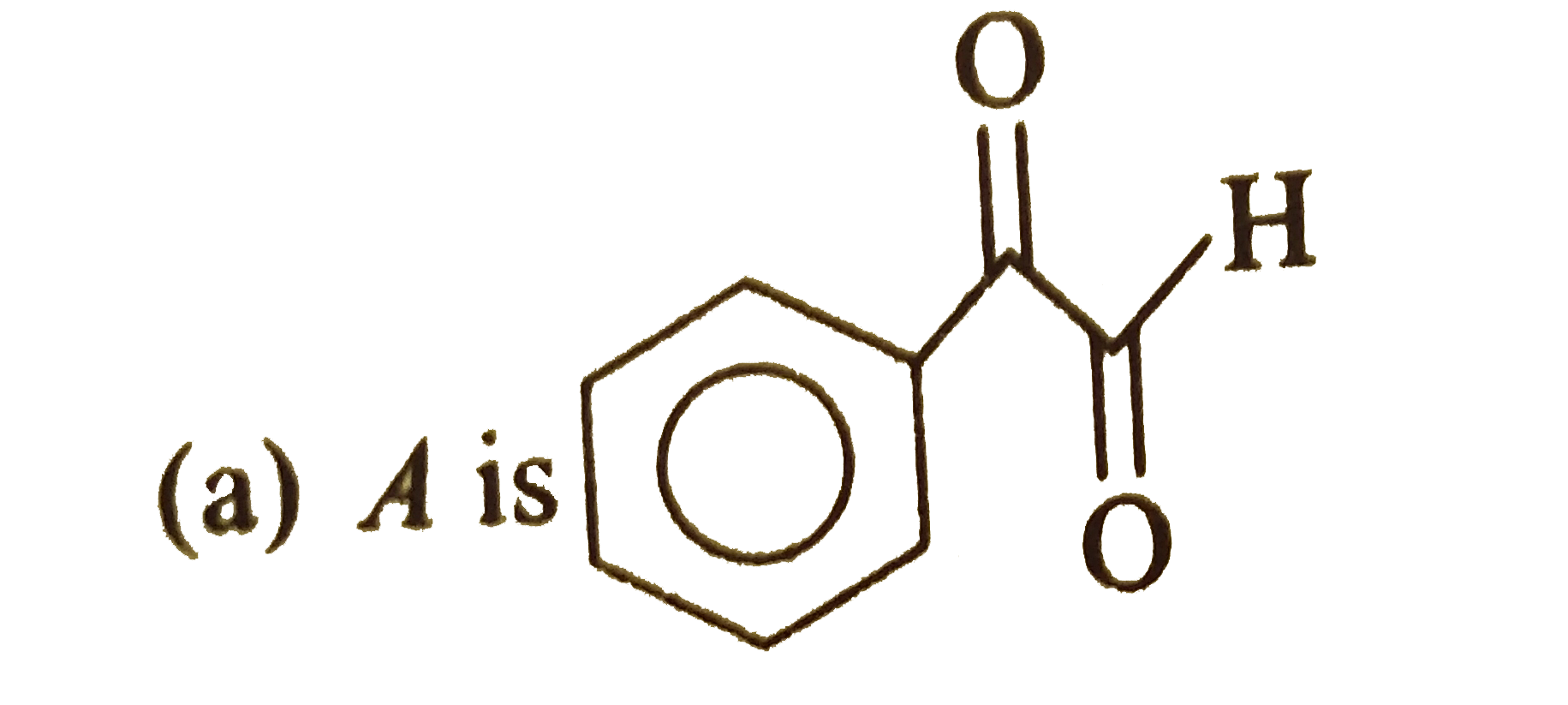 B
B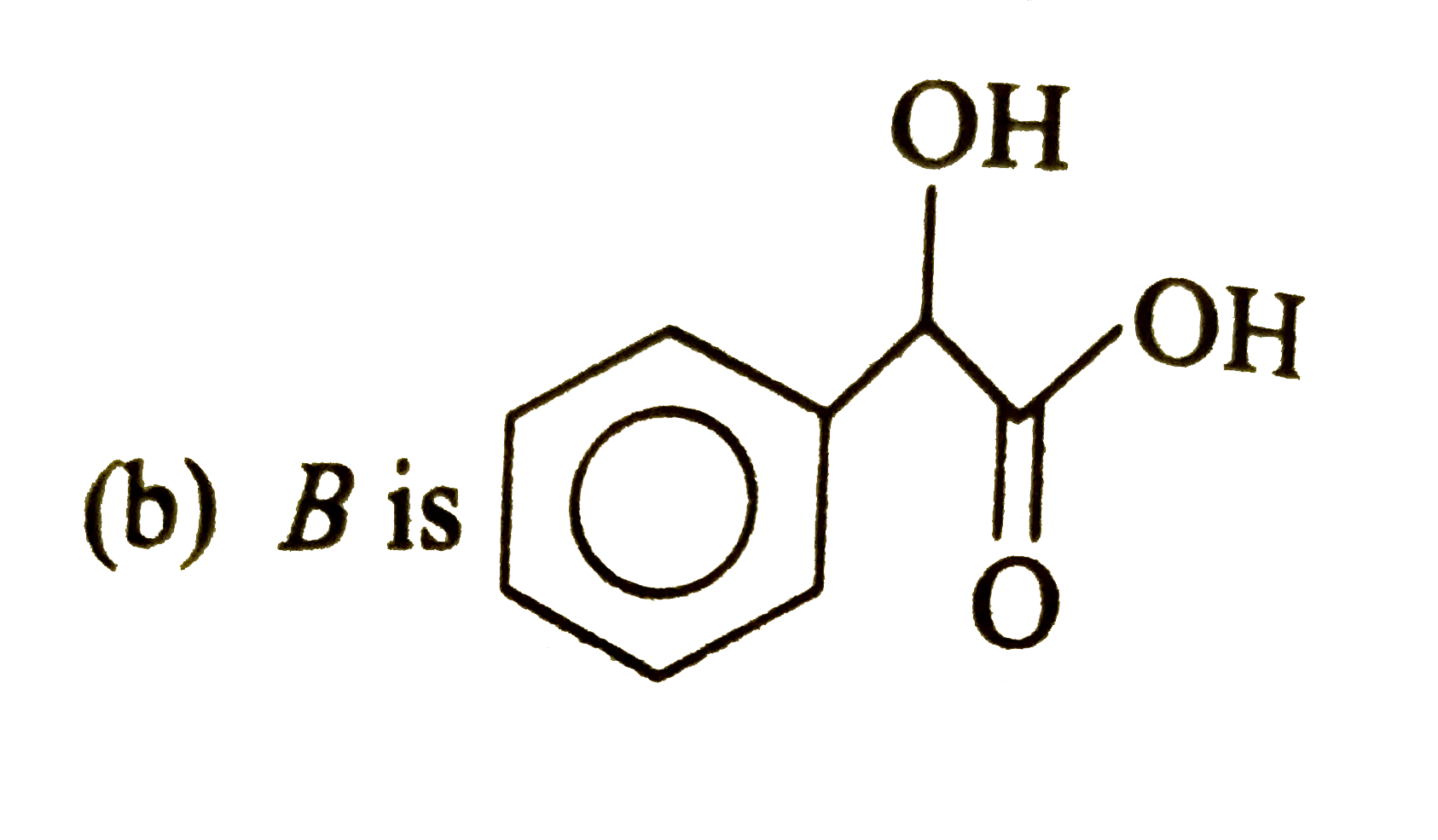 C
C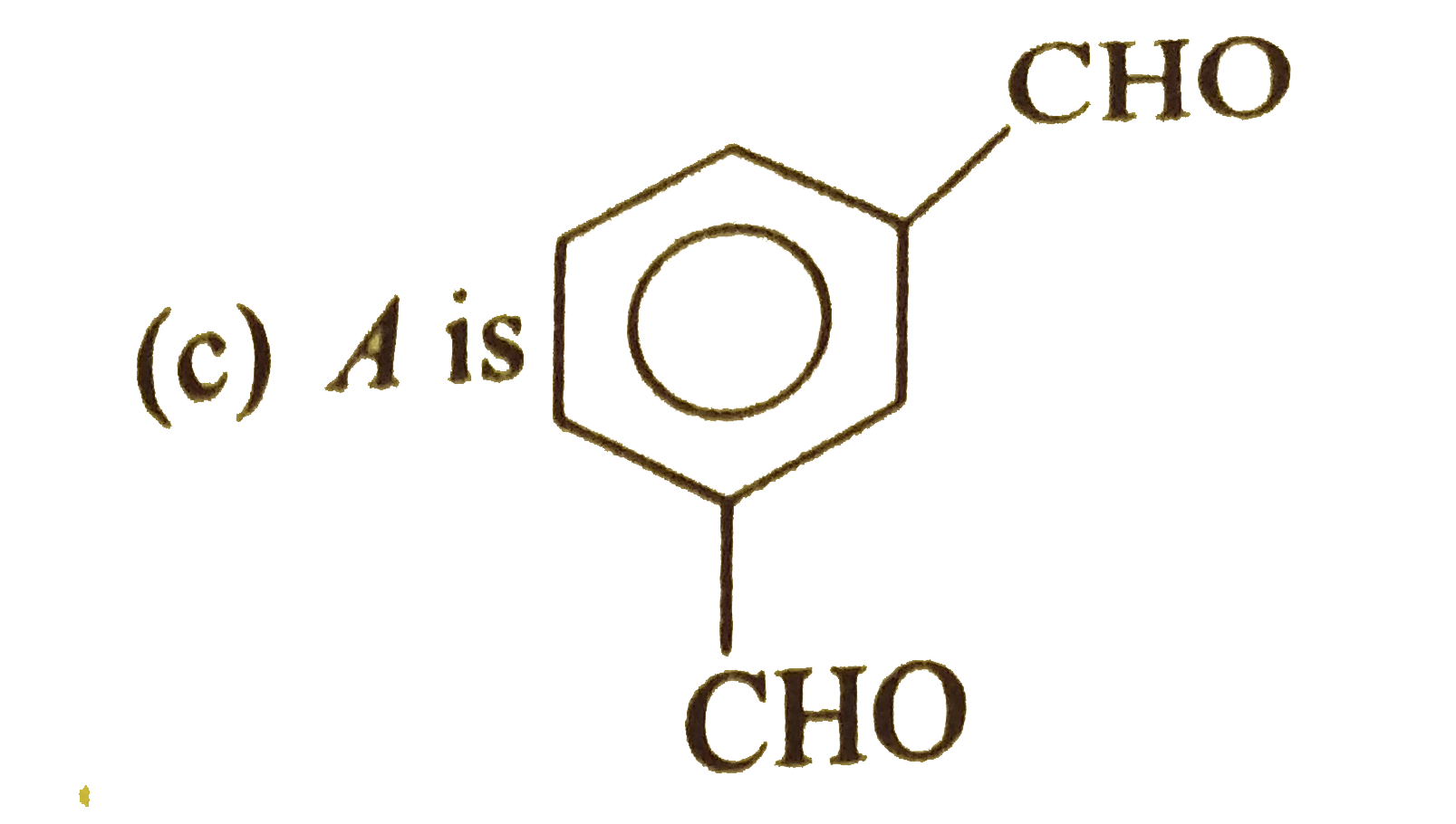 D
D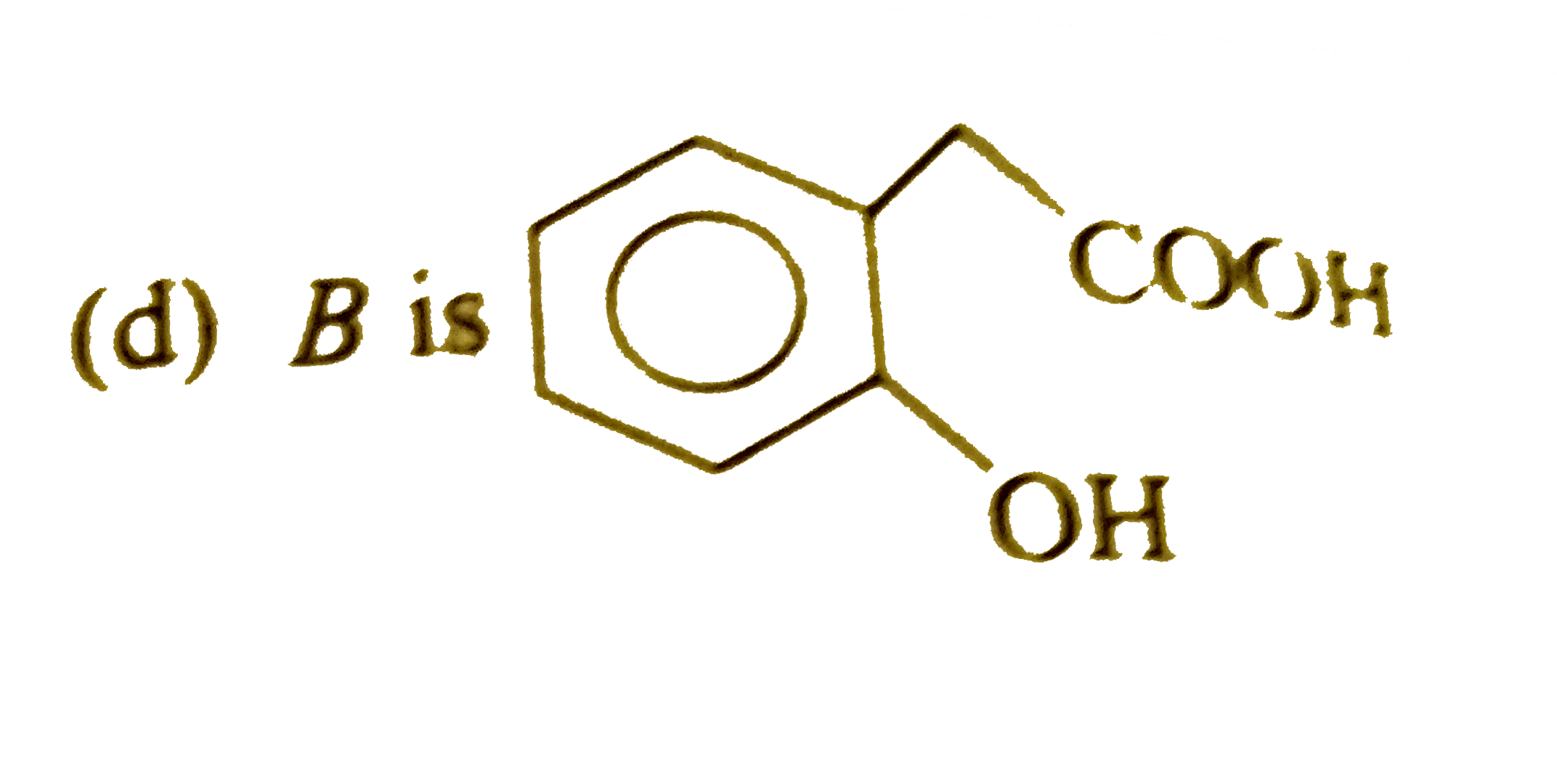
- Question 2 - Select One
The three compounds (A),(B),and (C) on hydrogenation with H2+Pd give (D),(E) and (F), respectively.
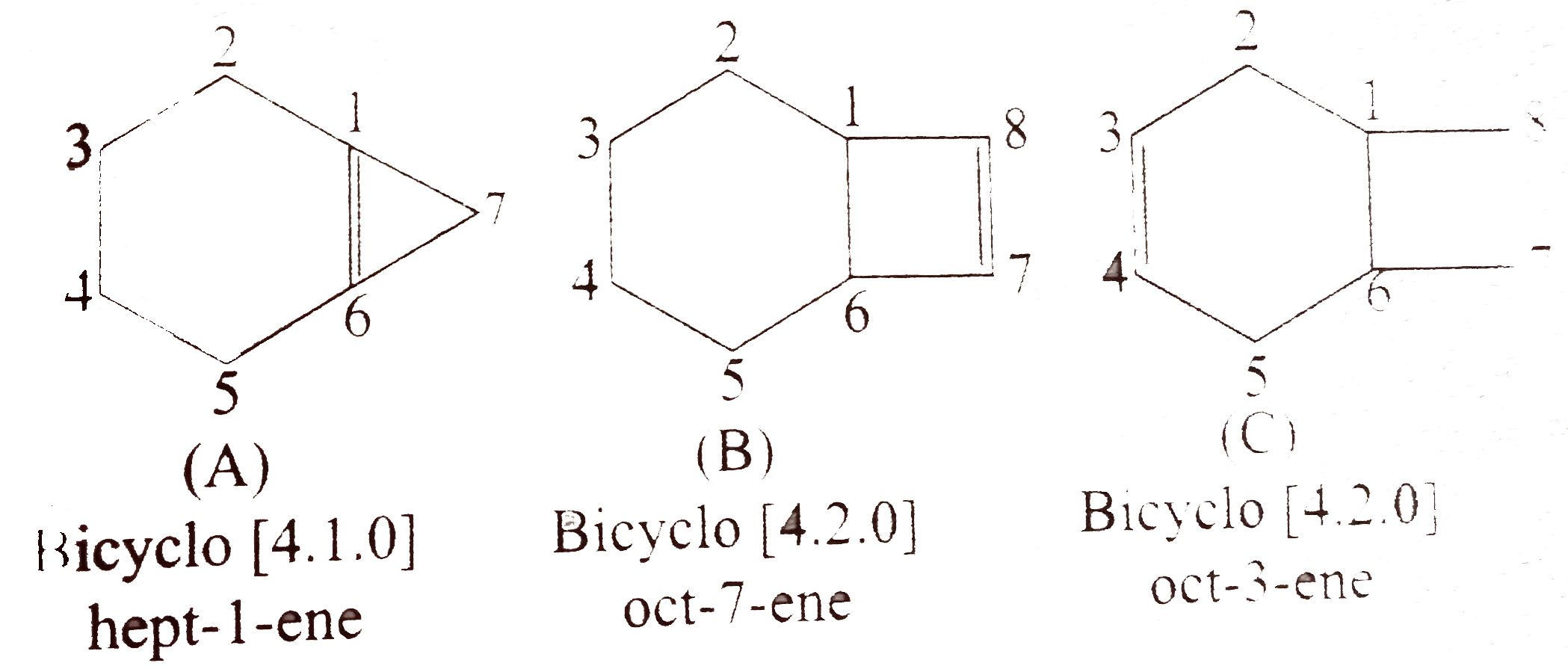
Compounds (D),(E) and (F) are :A B
B C
C D
D
- Question 3 - Select One

Why does not (C) gives (D) or (D1) on treatment with alcoholic KOH or with C2H5Ona+C2H5OH?AE2 reaction requires that two eliminiting groups (H and Br) must be in syn − position.BE2 reaction requires that two eliminating groups (H andBr) must be in anti− position.CE2 reaction requires that base must be bulky.DE2 reaction requires that there should be less steric hindrance around two eliminating groups .
(A) C2H12O (ether) on treatment with PCl5 forms alkyl chlorides (B) and (C ) . (B) and (C ) both on treatment with aq. NaOH give alcohol (D) and (E ), both (D) and (E ) give iodoform test. What are (A),(B),(C ), (D) and (E ) ?
View SolutionAn organic compound C8H10 (A) on treatment with alkaline KMnO4 gives a compound C6H6O4. (B) which on strong heating gives C6H4O3 (C). The compound (D) in dry benzene in presen of AlCl3 gives compound (E). The compound (E) on treatment with PCl5 followed by reaction with H2/Pd,BaSO4 gives compound (F). Identify (A) to (F).
View SolutionA compound D(C6H10O) upon treatment with alkaline solution of iodine gives a yellow precipitate. The filtrate on acidification gives a white solid E(C7H6O2). Write the structures of D and E and explain the formation of E.
View SolutionAn organic compound A (C7H6Cl2) on treatment with NaOH solution gives another compound B (C7H6O). B on oxidation gives and acid C (C7H6O2) which on treatment with a mixture of conc. HNO3 and H2SO4 gives a compound D (C7H5NO4). B on treatment with conc. NaOH gives a compound E (C7H8O) and C6H5COONa. Deduce the structures of [A], [B], [C], [D] and [E].
View SolutionAn organic compound (A) on treatment with CHCl3andKOH gives (Y) and (Z) both of which in turn gives the same compound (T) when distilled with Zn. Oxidation of (T) Yields (S) of formula C7H6O2. The sodium salt of (S) with sodalime gives (P) which can also be obtained by distilling (X).
The compound (T) isView Solution

